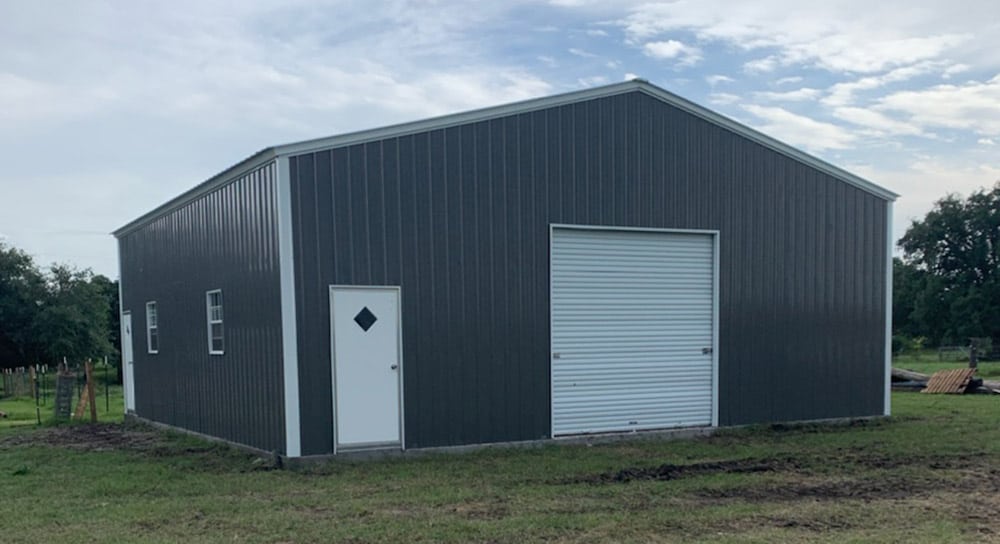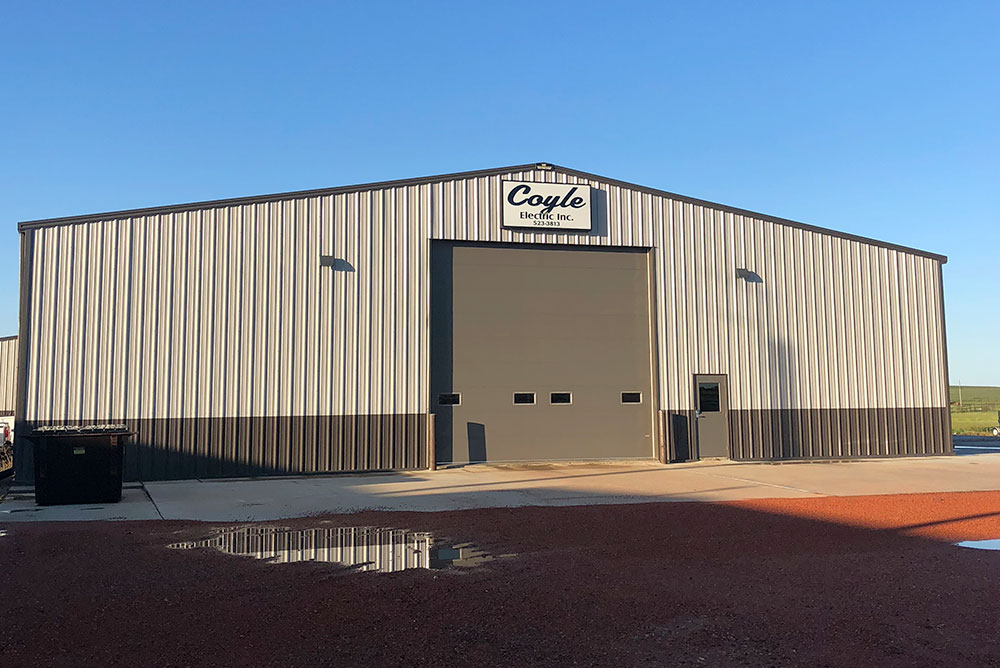The Competitive Benefit of Steel Buildings: Why Choose This Superior Alternative
Steel buildings have arised as a compelling option in the world of building for a wide variety of factors. The affordable edge that steel buildings hold prolongs much beyond their initial appeal, making them a favored choice for those seeking long life and adaptability in their building jobs.
Durability and Durability
In the realm of longevity, building and construction and longevity are fundamental facets that emphasize the value proposition of steel buildings. Steel is renowned for its robustness and capacity to endure various environmental conditions, making it an optimal choice for lasting structures. Unlike standard products like wood or concrete, steel does not warp, fracture, or rot over time, making sure that a steel building continues to be structurally sound for decades.
One vital factor adding to the longevity of steel buildings is their resistance to pests such as termites, which can create significant damages to wooden structures. Steel is likewise non-combustible, reducing the risk of fire damages and raising the security of residents. Additionally, steel buildings require marginal upkeep compared to various other building products, saving both money and time over time.
In addition, improvements in steel manufacturing modern technology have better improved the longevity of steel structures by boosting rust resistance and structural honesty. With correct care and upkeep, a sound steel building can last more than half a century, providing a durable and reputable remedy for various building and construction needs.
Cost-Effectiveness
With its various financial benefits, steel as a structure material provides an engaging cost-effective option for numerous building jobs. The cost-effectiveness of steel structures originates from a number of essential factors. Firstly, the initial expense of steel might be more than some typical materials, yet the long-lasting financial savings are substantial. Steel frameworks require very little upkeep, decreasing fixing and substitute expenses gradually. Additionally, steel is highly durable, which equates to decrease insurance coverage costs due to decreased threat of damage from aspects such as fire, bugs, and all-natural catastrophes.
Steel structures are additionally energy-efficient, enabling for savings on heating and cooling expenses - steel buildings. On the whole, the cost-effectiveness of steel buildings makes them a clever investment for different construction requirements.
Convenience in Layout
The adaptability of steel as a structure material permits a wide variety of ingenious layout opportunities in building jobs. Steel buildings supply unparalleled versatility in style, making them a recommended option for architects and builders. One of the vital benefits of steel is its strength-to-weight proportion, which enables the building of large, open rooms without the need for excessive support columns. This architectural performance permits contemporary and imaginative styles that may not be viable with other structure products.
Steel's flexibility additionally enables for personalization to satisfy specific layout requirements. Whether it's curved roofs, complex facades, or special geometric shapes, steel can be formed to bring essentially any design concept to life. In addition, steel buildings can be conveniently broadened or changed, using future adaptability for adapting to altering demands.
Moreover, using steel in building enables lasting style methods. Steel is highly recyclable, lowering environmental effect and promoting eco-friendly construction. Its resilience and resistance to corrosion ensure that steel buildings maintain their aesthetic charm and architectural integrity for several years to come. Inevitably, the convenience of steel in layout not only boosts the aesthetic allure of structures but also contributes to their long life and capability.

Sustainable Construction Practices
Structure upon the foundation of discover this adaptability in style, sustainable building and construction methods in steel structures play a vital function in mitigating ecological impact and promoting long-term eco-friendly services. When steel structures get to the end of their lifecycle, the steel components can be recycled and used in brand-new building and construction jobs, reducing the need for raw materials and reducing waste. In addition, the power efficiency of steel structures contributes to sustainability efforts.

Rapid Construction Timeline

Moreover, the streamlined procedure of setting up steel structures decreases building and construction time substantially. The simplicity of steel structure design and the ease of assembly add to faster job conclusion, making it an optimal option for clients with time-sensitive requirements helpful resources (steel buildings). In addition, the capacity to service various elements at the same time, such as website preparation and foundation building and construction together discover this info here with steel manufacture, more accelerates the total building timeline
Verdict
In final thought, steel buildings use a competitive advantage as a result of their longevity, cost-effectiveness, adaptability in style, lasting building and construction techniques, and rapid building timeline. These elements make steel structures an exceptional choice for different construction jobs, giving lasting benefits and value. Choosing steel buildings can lead to enhanced performance, performance, and sustainability in the building and construction market.
Unlike standard materials like wood or concrete, steel does not warp, crack, or rot over time, making sure that a steel building continues to be structurally sound for years.
The flexibility of steel as a structure material permits for a broad array of innovative layout opportunities in construction projects.Structure upon the structure of adaptability in layout, sustainable building techniques in steel structures play an important role in mitigating environmental influence and promoting lasting environmentally friendly options. When steel structures reach the end of their lifecycle, the steel components can be reused and utilized in new building and construction jobs, minimizing the need for raw products and decreasing waste.In verdict, steel structures use an affordable benefit due to their sturdiness, cost-effectiveness, adaptability in design, lasting building and construction methods, and quick building and construction timeline.